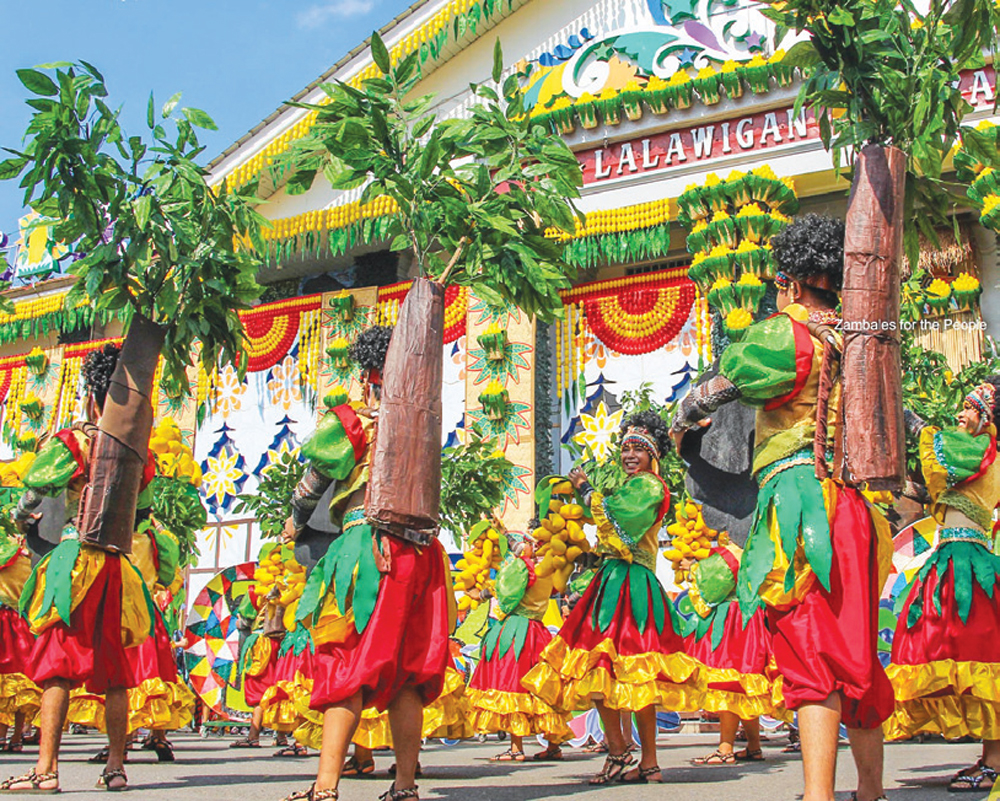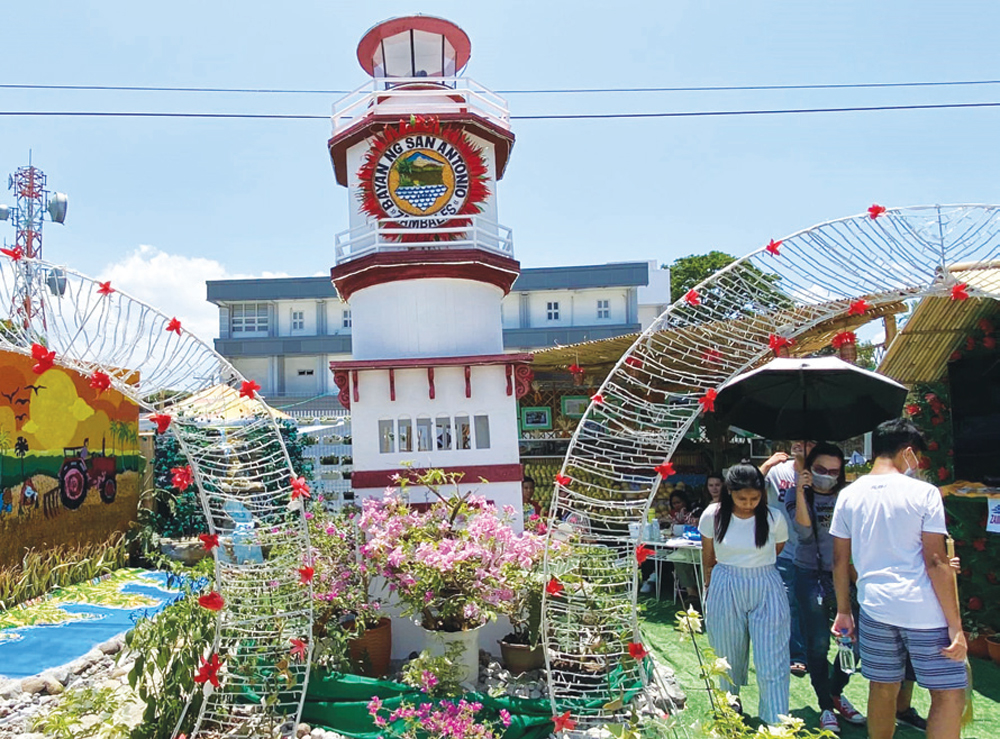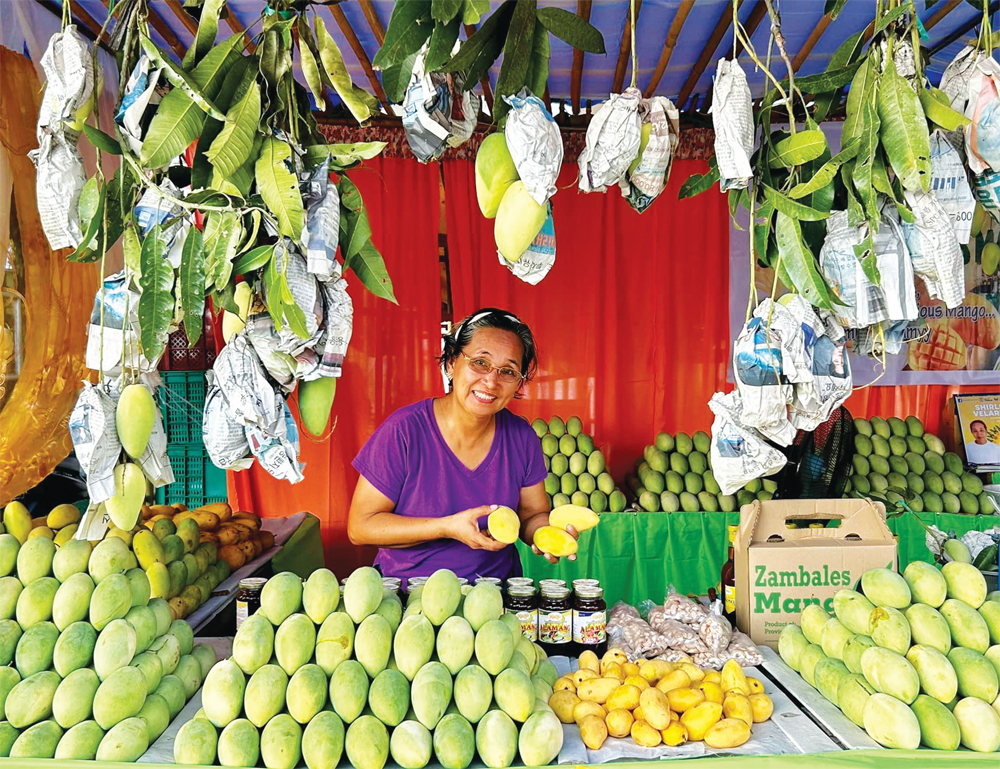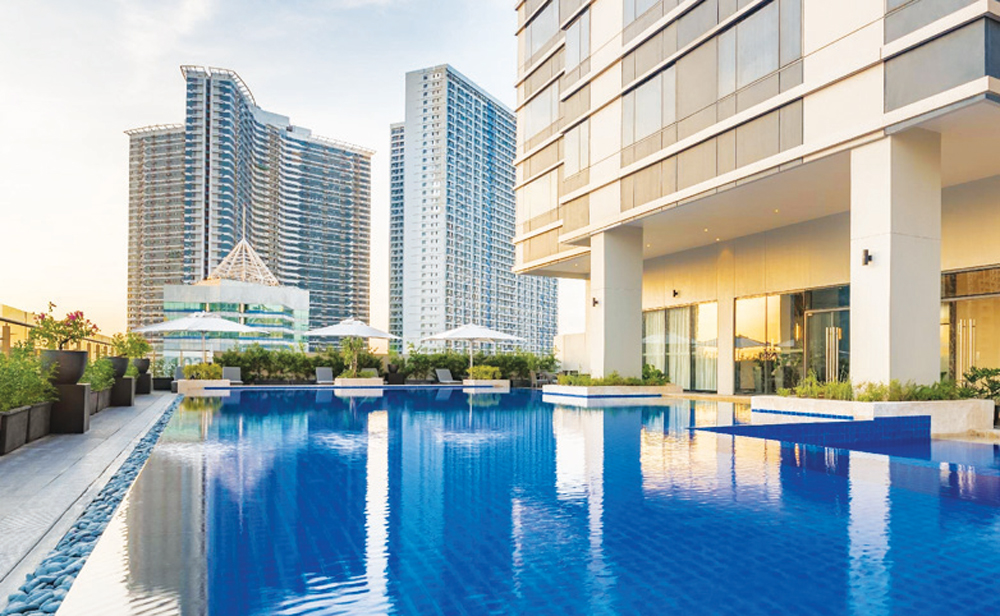After a three-year pandemic pause, Zambales recently welcomed the return of the Dinamulag Mango Festival, which is touted to be the biggest and most event-filled festivity in the province’s history.
The 9-day festival is named after the dinamulag or carabao variety of mango which was declared by the Guinness Book of World Records in 1995 as the sweetest in the world.
“This year’s festival created a stronger bond among various sectors in terms of planning and implementing activities and programs that require a whole-of-community approach,” says Zambales governor Hermogenes Ebdane Ebdane Jr.
He lauded the festivity as the biggest and most exciting in the province’s history which will further boost the local economy which has been experiencing exponential growth in the number of registered tourism enterprises and visitor arrivals.
The festival’s highlight was the Zambayle Street Dancing Parade and Showdown where street dancers in mango-inspired costumes representing the various municipalities executed their well-choreographed dance steps. The Ibaile Street Dancers of the capital town of Iba topped the event, besting other competing municipal contingents.

Other features were the first Philippine Mango Derby Open House, Luzon Mango Congress, the Parayawan Agri-Tourism Showcase and Trade Fair, the Binibining Zambales Pageant, the “Zamba-Liwanag” evening float parade, mango-picking at the orchards, and an assortment of sporting events and socio-civic activities.
Ebdane said that beyond the Mango Festival, Zambales remains as a travel hotspot for tourists with its long stretches of fine sand beaches, surfing spots, idyllic islands, crystal-clear water, charming coves, majestic mountain peaks, enchanting waterfalls, and rivers and lakes ideal for kayaking and stand-up paddle boarding.
Zambales is one of those places that pretty much has it all — untainted forest landscape, the Sierra Madre mountain range, communities that practice living traditions and 107 miles of pure beach. Plus a whole bunch of cool islands and shoals for day trips and quiet camping trips.
If you want to go hiking, you have lots to choose from as about 60 percent of the area is covered in mountains. Some of the more popular ones are Mt. Tapulao, Mt. Cinco Picos and Mt. Balingkilat.
There are also beaches with wreck drives, snorkeling options and even pine-tree lined beaches like the ones in San Antonio.
San Antonio is where you’ll find the costal town of Pundaquit, the jump-off point to Anawangin Cove and Nagsasa Cove.

Right across Pundaquit is Camara Island and Capones Island. Though both islands are around 30 minutes away by boat, Capones gets more attention because it’s bigger and offers more activities. You can surf, sunbathe, have a picnic, explore the different sides of the island, or hike up to the Faro de Punta Capones lighthouse.
Zambales faces the West Philippine Sea, so surfers, expect to get stoked here, especially in San Narciso and San Felipe. These beachside towns don’t have a shortage of resorts, but The Circle Hostel in San Felipe is the hot new thing.
Farther north in Candelaria, one will find Potipot Island. And the name is perfect, because it’s a cute name for a cute island. In fact, the island is tiny enough for you to walk around it in less than an hour.
Pine-tree-lined beaches, untaited forests, challenging waves, art and yoga by the beach – all within a few hours away from Manila. Zambales is not to be missed!
The province also has several spots for motor camping and glamping, home-grown intimate dining outlets, farm tourism sites, and boutique resorts where guests can enjoy an exciting staycation.





